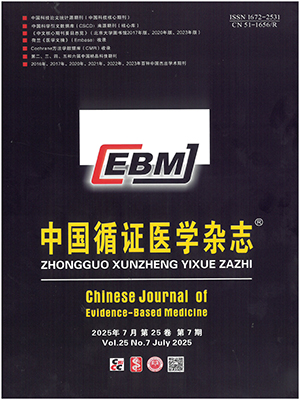Objective To review and evaluate the basic contents and development of the current global clinical guidelines for lung cancer practice so as to provide useful information for domestic study.
Methods Six databases including PubMed (to June 2008) and relevant websites (both in Chinese and English) were searched. Articles were screened according to the predefined inclusion and exclusion criteria. The number of clinical guidelines was counted and the quality of guidelines was also assessed.
Results A total of 208 articles were found to be clinical guideline-related and 133 were finally included. Of those, 78 were original versions and 55 were updated versions. And 86 articles mentioned guideline development methodology. The guidelines were issued by 14 countries/regions, mainly by USA (39.85%), Canada (24.81%) and France (8.27%). The earliest one was published by USA in 1984. 125 guidelines were issued by oncological or thoracic institutions, and the other 8 were not issued by specialized institutions or not specified. The 133 articles were classified into 3 major clinical categories: synthesis (24), multi-subject (21) and single-subject (88). As for quality evaluation, the average score of all guidelines was 72.09 (full score 100). The highest average score was found in 1996 which was 83.50, and the lowest in 1997 (66.80). The guidelines issued by France had the highest average score (79.80), and Japan, with the lowest average score (48.00). The average score of 4 categories of lung cancer were 73.54 (non-smallcell lung cancer), 65.74 (lung cancer), 74.72 (small-cell lung cancer), and 76.00 (bronchogenic lung cancer), respectively.
Conclusion The number of clinical guidelines showed an increasing trend. Most guidelines were issued by developed countries. The subjects included in the synthetic guidelines showed an expanding trend covering about 20 subjects from prevention to palliative care. A trend of multi-country contribution to the guidelines development and revision was noted. Researches became more focused on different types and stages. Evidence-based methodology was accepted globally in the clinical guideline development, but unfortunately very few applied the method of health technology assessment. China issued only 2 original guidelines, which were based on literature review and expert opinions, respectively. Due to the limitation of language restriction, inaccessibility of full-text articles and unavailability of authorized and specific quality evaluation protocols, the conclusions of this study should be interpreted with caution.
Citation: LIU Lihua,FENG Dan,ZHANG Lili,LONG Liyang,YANG Fan,XU Wenhuan,ZHANG Guiyun,ZHOU Dan,LI YouPing. Evidence-Based Evaluation of Global Clinical Guideline for Lung Cancer. Chinese Journal of Evidence-Based Medicine, 2008, 08(11): 959-971. doi: 10.7507/1672-2531.20080215 Copy
Copyright © the editorial department of Chinese Journal of Evidence-Based Medicine of West China Medical Publisher. All rights reserved




